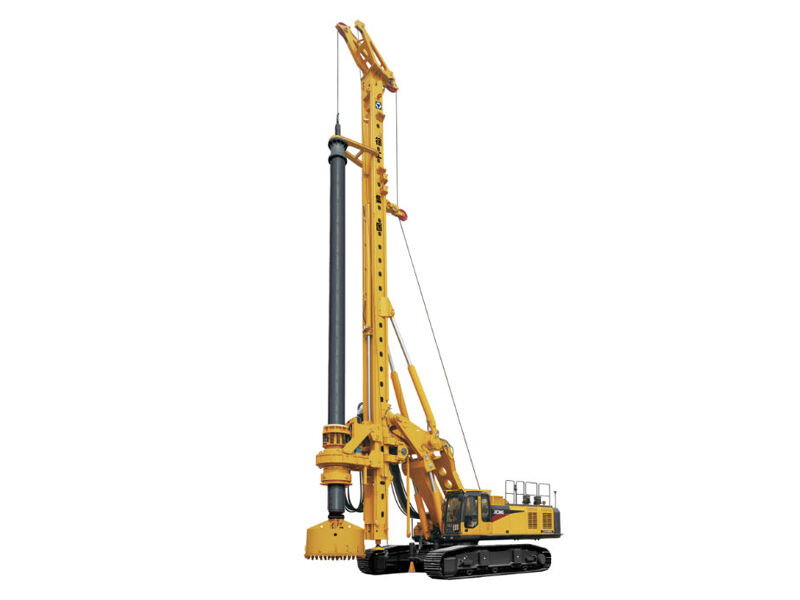Introduktion
Borehullesboremaskiner kaldes undertiden bore rigs, og de er væsentlige værktøjer, som virksomheder på tværs af forskellige brancher bruger til at komme under jordens overflade for at udvinde værdifulde ressourcer eller data. som følge heraf, disse maskiner forvandlet og ændret sig over tid til at være mere komplekse og i stand til at nå områder af ressourcer
vandbrønnsboring
en af de mest almindelige anvendelser for borehullesboremaskiner er i vandbrønneboring. riggen går gennem jordboringen dybt for at nå lavt niveau vandlagre, der er tilgængelige til udvinding og brug i drikkevand, landbrug eller industriel efterspørgsel. borehullesboremaskiner er afgørende, hvor der ikke er
udforskning af energiressourcer
I energiindustrien anvendes borehuller i vid udstrækning til både at opdage og udvinde olie, naturgasog nu geotermisk energiinde i jorden. Disse maskiner er afgørende for at bore brønde dybt ned i jordskorpen, hvor disse ressourcer findes. Borehuller understøtter både land- og havboring for at opfylde
miljøprøveudtagning og -rensning
miljøhjælp-borehuller boremaskiner anvendes til miljøbevarelse, da de bruges til at undersøge og rense forurenede områder. Arbejdere løber rundt i borehuller med henblik på at indhente jordprøver og vandprøver for at måle forureningsniveauet og teste miljøhelse. på forurenede steder er
Bygningsarealet
Boringsboremaskiner er de vigtigste i byggeindustrien. De bruges af bygningsvirksomhederne ved jordprøvning for at forstå jordens egenskaber og indhold. tildele det bygget geotekniske tests, således at hver enkelt kan udføres på automatisering De anvendes også til installation af geotermiske systemer, som kan bidrage til at levere løsninger til opvarmning og køling af bygninger med ren energi. Dette finder også anvendelse i boring af bygningens fundamenter til at styrke/opholde strukturer og dermed sikre infrastrukturens langsigtede stabilitet.
genanvendelse af mineraler og ressourcer
Mineriebranchen bruger borehole-boremaskiner til at udvinde værdifulde mineraler og metaller ud af jorden. Disse bruges på store minesider og de bruger det også til håndværksmæssige småskala-miner. Mineriebrancherne bruger borehole-boremaskiner til at udføre efterforskning, hvor de udforsker mængden
geotermisk energiproduktion
geotermisk energi er en vedvarende energikilde, hvor der anvendes lavtliggende boreboremaskiner til at udvinde varme under overfladen. Maskinerne bygger den infrastruktur, der er nødvendig for geotermiske kraftværker, som opfanger jordens varme til at producere elektricitet eller varme boliger og kommercielle bygninger. og brugen
forskning og opdagelse
Borehullesboremaskiner anvendes også til kerneboring i videnskabelig forskning for at fjerne cylindriske prøver fra jordskorpen. disse kerneprøver er vigtige på grund af, hvad forskere og forskere lærer af dem: fysiske beviser for jordens sammensætning og historie. I klimaforandringsforskning bruges borehullesboremaskiner til iskerner,
Industrielle anvendelser
Borehole boremaskiner er også nyttige ved udførelse af forskellige industrielle arbejder i fremstilling af både bil, luftfart og militære komponenter af produktion. i produktionsprocessen anvendes de til præcist boring for at garantere præcision og kvalitet af det endelige produkt. den vigtigste anvendelse af dybe huller boremaskiner er i fremstilling af industrielle komplekse maskiner og udstyr, Stykker.
Sikkerhed og miljø
Sikkerheden ved borehuller er af største betydning. Boremaskiner bores efter sikkerhedsreglerne og er bemandet for at sikre, at ulykker holdes på et minimum. Desuden er disse maskiner bygget med hensyn til jordbunden og for ikke at forstyrre økosystemet meget.
Konklusion
Anvendelse af boreboremaskiner Borehullemaskiner har anvendelser på en lang række markeder, fra at nå frem til vigtige naturressourcer til miljøovervågning og infrastrukturopbygning. deres rolle i forsyningen af ressourcer og i at fremme industrier er for vigtig til at blive bagatelliseret.

